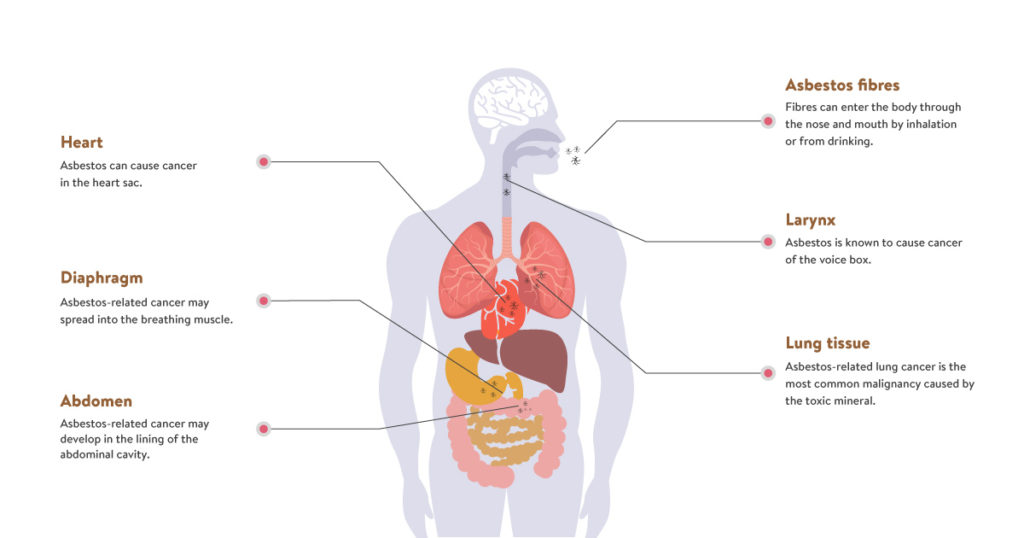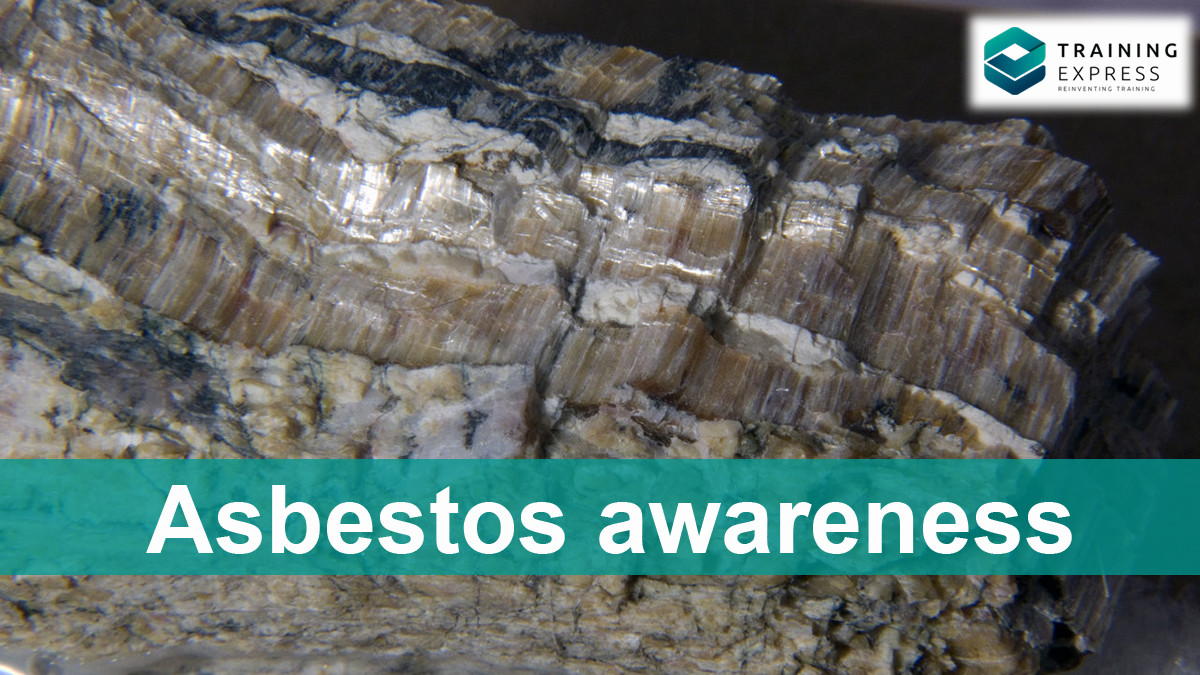
In this article ...
Asbestos: What is it?
Asbestos refers to six naturally occurring silicate minerals. These minerals are composed of soft and flexible fibres that are highly resistant to corrosion, heat and electricity. Each fibre of asbestos is made of many microscopic fibrils. These fibrils can get released into the atmosphere because of erosion and other processes.
The quality of asbestos makes it an effective insulator. Besides, we can use asbestos in cloth, paper, cement, plastic and other materials to make them more robust.
Nevertheless, asbestos fibres can have long-term effects on the human body. If someone inhales or ingests asbestos dust, some of the fibres can remain trapped in the body for a long time. Over time, the trapped fibres can cause inflammation, scarring and genetic damage. Additionally, inhalation of asbestos fibres can result in serious lung conditions and cancer.
The types of asbestos
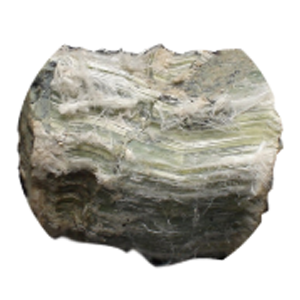
Chrysotile
Chrysotile (white asbestos) is the most common form of asbestos. You can find them in the roofs, ceilings, walls and floors of domestic and nondomestic buildings. In the past, people used chrysotile in the manufacturing of gaskets and boiler seals, automobile brake linings, and insulation for pipes, ducts and appliances.
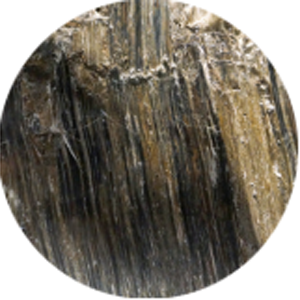
Amosite
Amosite (brown asbestos) was frequently used in cement sheets and pipe insulation. You can also find them in insulating boards, ceiling tiles and thermal insulation products.
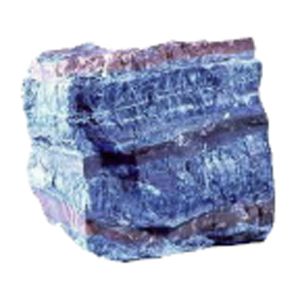
Crocidolite
Crocidolite (blue asbestos) was convenient for insulated steam engines. The other usage of blue asbestos included spray-on coatings, pipe insulation, plastics and cement products.

Actinolite
Actinolite has sharp, needle-like fibres. People can easily inhale or ingest these fibres. This type of asbestos is generally dark in colour. Actinolite is a formation of other minerals including calcium, magnesium, iron, silicon. This particular asbestos was utilized in cement, insulation materials, sealants, paints and drywalls.
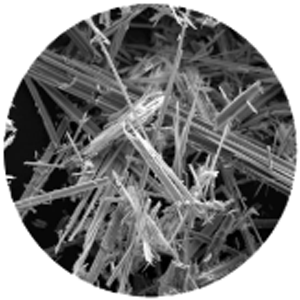
Anthophyllite
Anthophyllite had limited use for construction materials and insulation products. The colour of these types of asbestos can be grey, dull green or white.
Tremolite
Tremolite is popular for its heat resistant properties. Tremolite, like other asbestos in the amphibole family, has sharp fibres that you can ingest or inhale easily. The colour of tremolite varies from milky white to dark green. You can find this type of asbestos in other minerals such as talc and vermiculite. People used tremolite in a variety of products: paints, sealants, insulation, roofing and plumbing materials.Asbestos exposure
People get exposed to asbestos as they breathe tiny asbestos fibres within the air. How does the asbestos get into the air? It can come from the natural deposits of asbestos in the earth. Besides, some commercial products contain mineral asbestos.
How does asbestos get into air?
Asbestos fibres usually get into the air because of the subsequent reasons:
- Erosion of natural asbestos on the earth’s surface or weathering of old products that contain asbestos
- Use of natural deposits of asbestos for crushing rocks
- Handling, cutting, or crushing old asbestos-containing products during building projects
- Disturbing soil which is contaminated by old asbestos-containing products during recreational or other outdoor activities
- Production and distribution of consumer products contaminated with asbestos
- Activities like cleaning that stir up dust containing asbestos from natural deposits or products
- Gardening in asbestos-contaminated soil
Asbestos pollution: Dependencies
- The location
- The type of soil or material in which the asbestos exist
- The lifetime and characteristics of the host material
- The weather conditions
- The intensity of activity around the sources of asbestos
Who is at risk from asbestos?
Workers who carry out maintenance and repair jobs in older buildings are at particular risk. Why is it so? It can happen considering they breathe in more asbestos fibres. The people who are at higher risks include:
- construction and demolition contractors, roofers, electricians, painters and decorators, joiners, plumbers, gas fitters, plasterers, shopfitters, heating and ventilation engineers, and surveyors;
- workers dealing with electronics, e.g. phone and IT engineers, and alarm installers;
- general maintenance engineers
Where do we find asbestos in buildings?
Asbestos was in extensive use previously for building purposes. A list of the asbestos products and the usage of the products are given below:
| Asbestos product | What is it used for? |
|---|---|
| Sprayed asbestos (limpet) | Fire protection in ducts and to structural steelwork, fire breaks in ceiling voids etc. |
| Lagging | Thermal insulation of pipes and boilers |
| Asbestos insulating boards (AIB) | Fire protection, thermal insulation, wall partitions, ducts, soffits, ceiling and wall panels |
| Asbestos cement products, flat or corrugated sheets | Roofing and wall cladding, gutters, rainwater pipes, water tanks |
| Certain textured coatings | Decorative plasters, paints |
| Bitumen or vinyl materials | Roofing felt, floor and ceiling tiles |
Source: Health and Safety Executive
Some Asbestos Containing Materials (ACM) are more open to damages than others. In general, the materials with a higher proportion of asbestos will give off fibres more easily.
The health risks from asbestos exposure
Most of the asbestos-related problems surface after years of repeated and long-term exposure. Yet, it is important to remember that no level of asbestos exposure is safe for the human body.
Asbestos fibres accumulate in human tissues through repeated exposure. Eventually, the fibres cause inflammation and DNA damage. Gradually, cellular changes occur in the human body and these changes can lead to cancer and other malicious diseases.
Potential diseases from asbestos exposure
| Cancer-oriented diseases | Non-cancerous diseases |
|---|---|
Mesothelioma: A rare and incurable cancer that develops in the linings of the lungs or abdomen. Lung cancer: Approximately 4% of all lung cancers are attributed to asbestos exposure. Ovarian cancer: In 2012, the International Agency for Research on Cancer gave evidence that asbestos can cause ovarian cancer. Laryngeal cancer: In 2006, the National Institutes of Health confirmed that laryngeal cancer can be caused by asbestos exposure. |
Asbestosis: Inflammation and scarring of lung tissues. Pleural plaques: Fibrous thickening of the lining around the lungs. Pleural effusion: Breathing difficulty due to fluid build-up around the lungs. Diffuse pleural thickening: Extensive scarring that stiffens the pleural lining of the lungs, causing chest pain and breathing problems. Pleurisy: Acute inflammation of the pleural lining. Atelectasis: The lungs under-inflate because of inflammation and scarring of the pleural lining. |
Asbestos-related regulations in the United Kingdom
The British government tries to exercise rigorous controls on asbestos handling through the Health and Safety Executive (HSE). According to a report of the HSE, at least 4.000 people die each year in the UK from mesothelioma and asbestos-related lung cancer.
The government banned blue and brown asbestos materials entirely in 1985. The import, trading and reuse of white asbestos is under prohibition from 1999.
According to the 2012 Control of Asbestos Regulations, the owners of non-domestic buildings must be aware of the presence and state of asbestos in their properties. Furthermore, the owners are responsible for managing asbestos deterioration in their premises. Employers need to provide asbestos training to their workers annually in relevant industries.
Controlling asbestos exposure: How to stay safe around asbestos
People who are susceptible to asbestos contamination need to get proper training and wear personal protective equipment for safety. If you are living in an old home in which asbestos exists in the building materials, you should:
- Avoid disturbing all the materials that might release asbestos particles including:
- Pipe and furnace insulation, siding, flooring, and popcorn ceilings installed between 1950 – 1970
- Vermiculite attic insulation
- Contact the local environmental agency or certified contractors for maintenance and replacement works
- Seek professional help for any type of repair works and abide by the safety regulations from HSE
- Keep asbestos levels low at home —
- Using wet methods of cleaning and high-efficiency particulate air vacuums
- Keeping windows closed in windy weather to block asbestos fibres
- Using doormats and removing shoes outside the entrance
- Minimise dust inhalation out of home —
- Using water to dampen the soil before gardening or playing
- Spraying off terraces with water rather than sweeping the areas
- Remaining on pavements or grounds covered with grass or other artificial layers on the soil that limit dust
The HSE does not allow any minimum threshold for asbestos exposure. Thus, it is mandatory to minimise asbestos pollution at any cost. Due to practical reasons, we cannot eliminate asbestos altogether in near future. Thus, everyone needs to be aware of asbestos exposure, especially those who work around asbestos.
Read more on our blog
- The Early Years Foundation Stage (EYFS)
- Sports First Aid | Everything You Need To Know
- Lots of Likes on Instagram: How You Can Quickly Increase Popularity
- Why You Should Use Photo Background Removers For Mobile Devices
- Maximizing ROI: 11 Strategies For Efficient Advertising Spend
- How to Keep Your Data Safe While Applying for Jobs: 6 Tips
- Take Mac Classes to Transform Your Design Profession
- Exploring the landscape of e-commerce hosting
- Personal Branding For Executives: 7 Tips For Maximum Impact
- Transformative Technologies in Senior Living Homes: A Glimpse into 2024
- Available Courses
- Career Bundles72
- Animal care5
- Law8
- Quality Licence Scheme Endorsed111
- Teaching13
- Teaching & Academics Primary27
- Accounting & Finance Primary30
- Training3
- Design9
- IT & Software44
- Healthcare126
- Marketing31
- Health and Safety402
- Construction48
- Electronics25
- Hospitality22
- Health and Social Care219
- Child Psychology37
- Management375
- Business Skills268
- First Aid70
- Employability264
- Safeguarding75
- Food Hygiene103
- Personal Development1277
 Food Hygiene
Food Hygiene Health & Safety
Health & Safety Safeguarding
Safeguarding First Aid
First Aid Business Skills
Business Skills Personal Development
Personal Development






